17. The Invitation
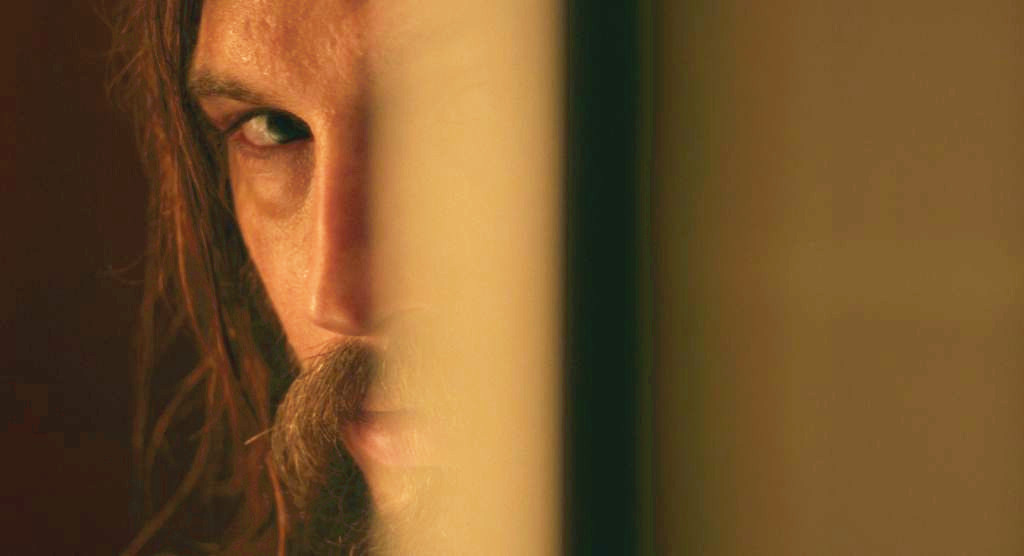
Horror has always had a thing for grief and mental insecurity, and this is something The Invitation is more than happy to play with. Directed by Karyn Kusama, the film stars Logan Marshall-Green (on territory he would mine again for the similarly-themed Upgrade) as Will, a man attending a dinner party hosted by his ex-wife. It doesn’t take long to see that Will is still mourning the loss of his child, and there might be something sinister about his wife’s sudden ability to move on? That is, if Green’s character isn’t finally losing it.
The audience is torn between Will’s conflicting realities. An equally strong cast brings a sense of reality and comradery to the dinner party, and John Carroll Lynch stands out, delivering his 1000th memorable turn of the decade. But perhaps the real star here is Kusama, who succeeds by putting the audience in its protagonist’s shoes and then asks then to wade through the uncertainty. Much of true horror is about feelings of powerless and uncertainty, being forced to watch the things we love be twisted and manipulated and rotted from the inside. Perhaps no film understood and worked within this understanding as well as Kusama did with this one.
16. Climax
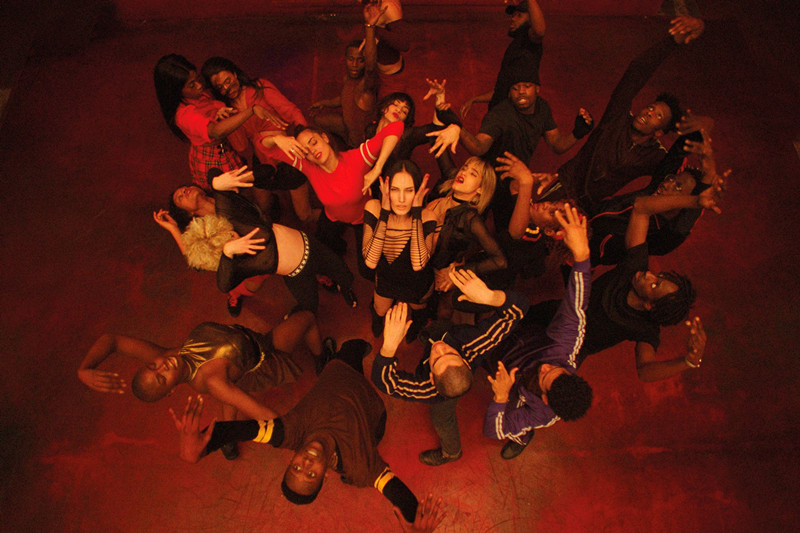
One could argue that every Gaspar Noe film is a horror film in its own way, but with Climax the controversy-courting auteur seems to have inadvertently made something accessible and acclaimed. Given his filmography, it’s only fitting that his most conventional effort fits snugly into the horror genre.
That is, as much as any Noe film fits into a genre. Climax is terrifying precisely because it seems like anything could happen. A dance troupe rehearses an intricate routine then breaks to drink some sangria. Unbeknownst to them, the sangria has been spiked. From there, the camera follows different members as reality shatters and yields to chaos. The end result is perhaps the most realistic horror film in ages.
Practically occurring in real time, we see the troupe turn on each and themselves until the screen is filled with blood and darkness and Noe’s trademark broad statements about the inevitable tragedies and frustrations of life and death fill the screen. There’s love and pain and sex and violence, but above all, there is madness. The dancing is also fantastic.
15. I Saw the Devil
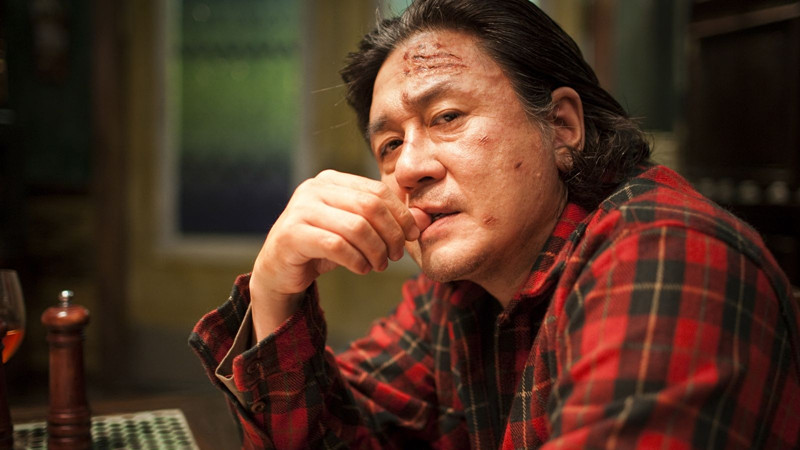
For those unfamiliar with its controversy in its native country, I Saw the Devil might begin as a tricky prospect. Lee Byung-hun plays a Ken-doll handsome officer in the intelligence service who swears revenge against the person who hurt his fiancé. So far, so Taken. While Byung-hun’s character may have a particular set of skills, I Saw the Devil takes everything morality plays about chasing evil say and refracts them through a beautifully shot, horrifically violent prism where hubris abounds. It is also so violent the Korea Media Rating Board repeatedly barred its release pending further cuts.
I Saw the Devil is like a game of cat-and-mouse that is too interested in going through the mousehole and seeing what other kinds of darkness are there. Director Kim Jee-woon, working from a script by Kim Hyun-woo, guides the story through set pieces, tonal shifts, and moments of gore while maintaining a surprising sadness. Most horror settles firmly into the grim, but I Saw the Devil manages to be suspenseful, funny, and horrific without losing sight of the darkness at the story’s center, and it does so without relying on the manic energy usually afforded to films like these that inadvertently glorify violence and those who pursue it. The rare film whose title speaks for the audience in the first person.
14. We Are What We Are
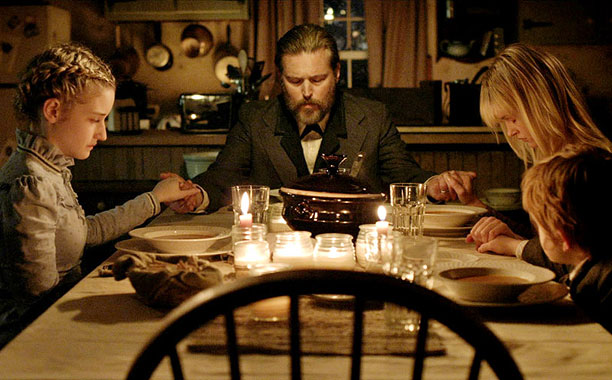
This entry refers to both/either the Mexican original and the US remake. We Are What We Are is a cautious, curious meditation on family, tradition, and horror. Reflexively anticipating the moral reckoning that the decade would end on, both films offer interesting takes on a sub-genre we thought we knew so well. This is more than a Texas Chainsaw Massacre down south.
Surprisingly, the original and the remake depart in many ways, but each is engaging in its own way. The original focuses more on a family struggling to survive while living at odds with society, while the US remake is more intent to frame this as a hostage story of sorts. Both exemplify the toxicity of unchecked adherence to tradition, with each director offering a different take on how our impulses and cravings are both guides and prisons. All of these lofty ideas might seem quaint and iffy were they not backed by good acting, careful plotting, and a knack for cohesively peppering in surprises even when things seem obvious.
13. Under the Shadow
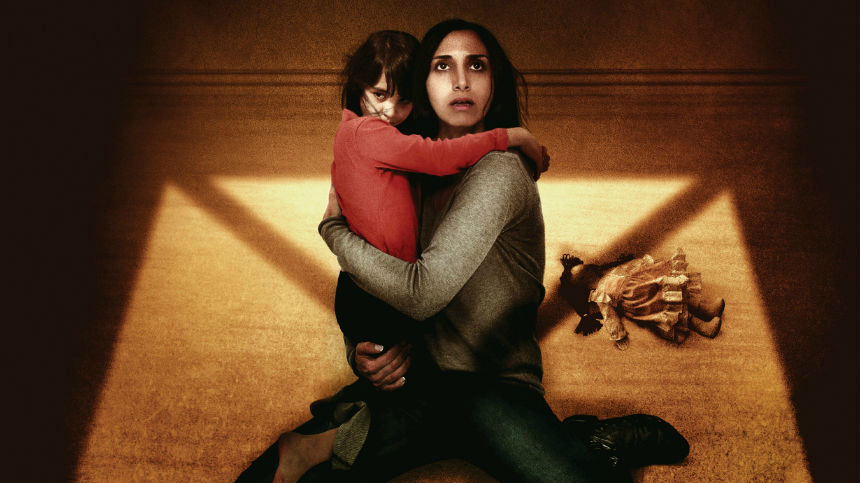
Fun Fact: Under the Shadow was the UK’s Oscar submission for 2016, which makes it the rare entry on here that entered the awards conversation (it fared better at the BAFTAs where it actually pulled some gear). Babak Anvari takes the haunted house and drops it in the center of the Iraq-Iran war. The standard tropes are there. There’s an absentee parent, a strained mother-daughter relationship, and the standard skepticism over whether or not something really is going bump in the night. Despite this, Under the Shadow is more than just a cookie cutter horror effort translated into Farsi.
Anvari wisely bears the full brunt of history down on his characters. The war adds a heightened tension as bombs get closer. Most films might strain to foster the necessary claustrophobia and impending doom. Here, it drips off the walls. While less disciplined films might cash in on the social commentary afforded by the setting, Anvari understands that the audience can connect the dots. As Dorsa, the daughter uneasily fitting into the world, Avin Manshadi could give The Babadook some points on not having a cloying child protagonist. Narges Rashidi gives an awards-worthy performance as Shideh, a woman who has watched politics take nearly everything from her. Her rage and growing madness seethe off the screen.
12. In Fabric + Oculus (tie)
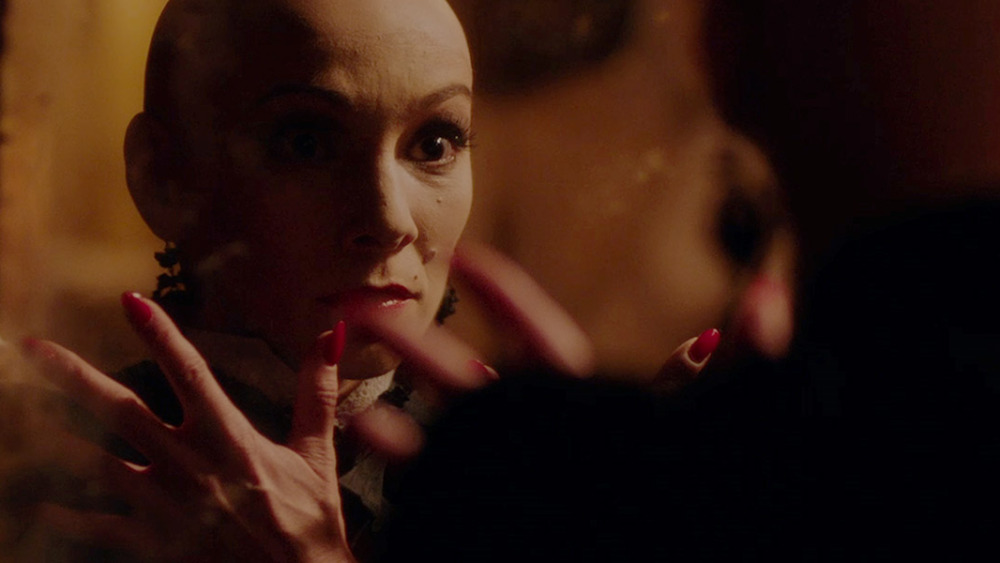
Here’s a nod to a decade of truly haunting objects. Oculus and In Fabric are very different films from two of the decade’s most exciting genre filmmakers. Mike Flanagan almost singlehandedly revitalized the horror genre, bringing intelligence, sensitivity, and a firm command of what makes the genre work to every effort: Netflix series, original ideas, derivative studio efforts that surprisingly work, etc.
Peter Strickland spent the decade doing much the opposite: offering genre deconstructions that are part puzzle box and part nightmare descent. His films chart the journey from banality to true chaos. Both had multiple strong efforts in the decade, but this list celebrates their forays into haunted object cinema, a sub-genre that had plenty to offer fans during the decade.
Strickland made waves with Berberian Sound Studio, which had the most effective use of sound and sound design of any film, horror or not, this decade (yes, even more so than A Quiet Place), but In Fabric unnerves and confuses more than it scares, all the while managing to be eerie and ethereal and haunting. It should be a joke, and yet the shade of vivid red slashing into the greyish British countryside is surprisingly stirring. Punctuated by fine actors doing colorful work, Strickland recognizes that humor is just another pathway to horror. Marianne Jean-Baptiste gives a great performance, but it’s Fatma Mohamed as a resoundingly esoteric department store worker that owns the show.
With Oculus, Flanagan takes what is a patently stupid idea (a haunted mirror) and takes us through time to show how it has destroyed so much. Unlike In Fabric, it doesn’t mine the premise for laughs, instead delivering an unshowy, straightforward offering. Not only does it make a proper antagonist out of its namesake, it manages to derive suspense from the grudge its characters harbor. This is a story about people broken by terror and trying to reclaim some semblance of their lives in the aftermath. Flanagan tackled other dangers and demons in the decade, but there’s Oculus’ elegant simplicity gets into your head.
11. It
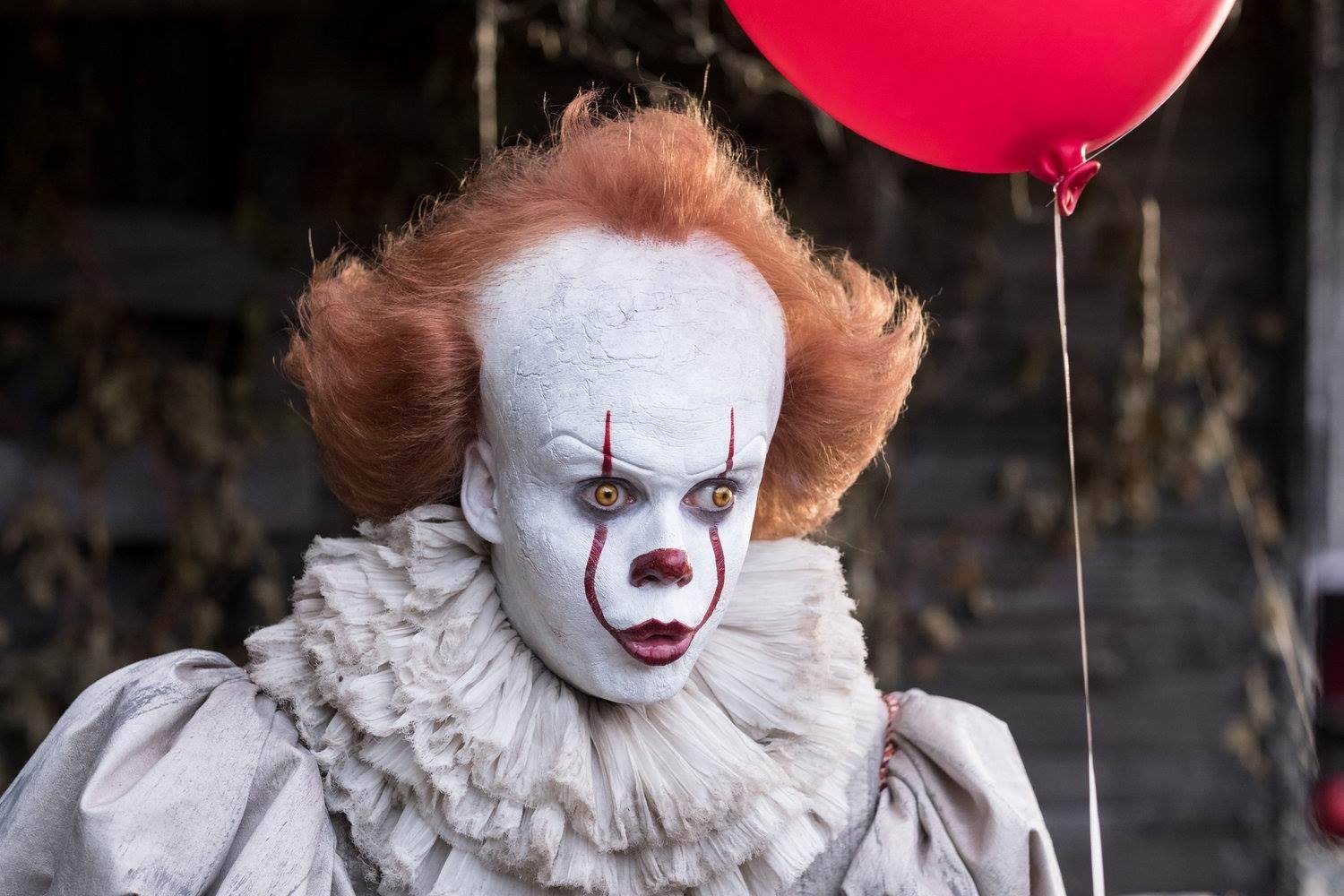
It was only a matter of time. Stephen King’s most iconic story yet to be greeted with an iconic film (hello The Shining, Carrie, and Misery), It succeeds by deftly balancing the poignancy and cloying earnestness of its characters with the primal, unmitigated terror of its villain. It also manages to drip with the utterly terrifying atmosphere of a society (a town in this case) totally complicit in feeding its children to evil. Critics and audiences seemed to prefer the first instalment, but director Andy Muschietti and producer sister Barbara, working from a script that was hashed and hounded through the studio system, deftly balance the tonal shifts to twist audience expectations.
It’s a credit to both entries that the star isn’t any one character or even the now infamous Pennywise. Instead, it’s the story. Perhaps Stephen King’s strongest skill as a writer is his ability to imbue general empathy and sympathy for his characters, even as he submerges them in terror they rarely return from. The filmmakers wisely brought this approach to the films. The characters are flawed but lived in, their scourge (fear incarnate) is relatable, and so their terror seeps through the screen. It was a hit, and it’s not hard to see why. In a decade where studios learned to get out of the way, It might be the crown jewel of (relatively) big budget scares.
10. Kill List
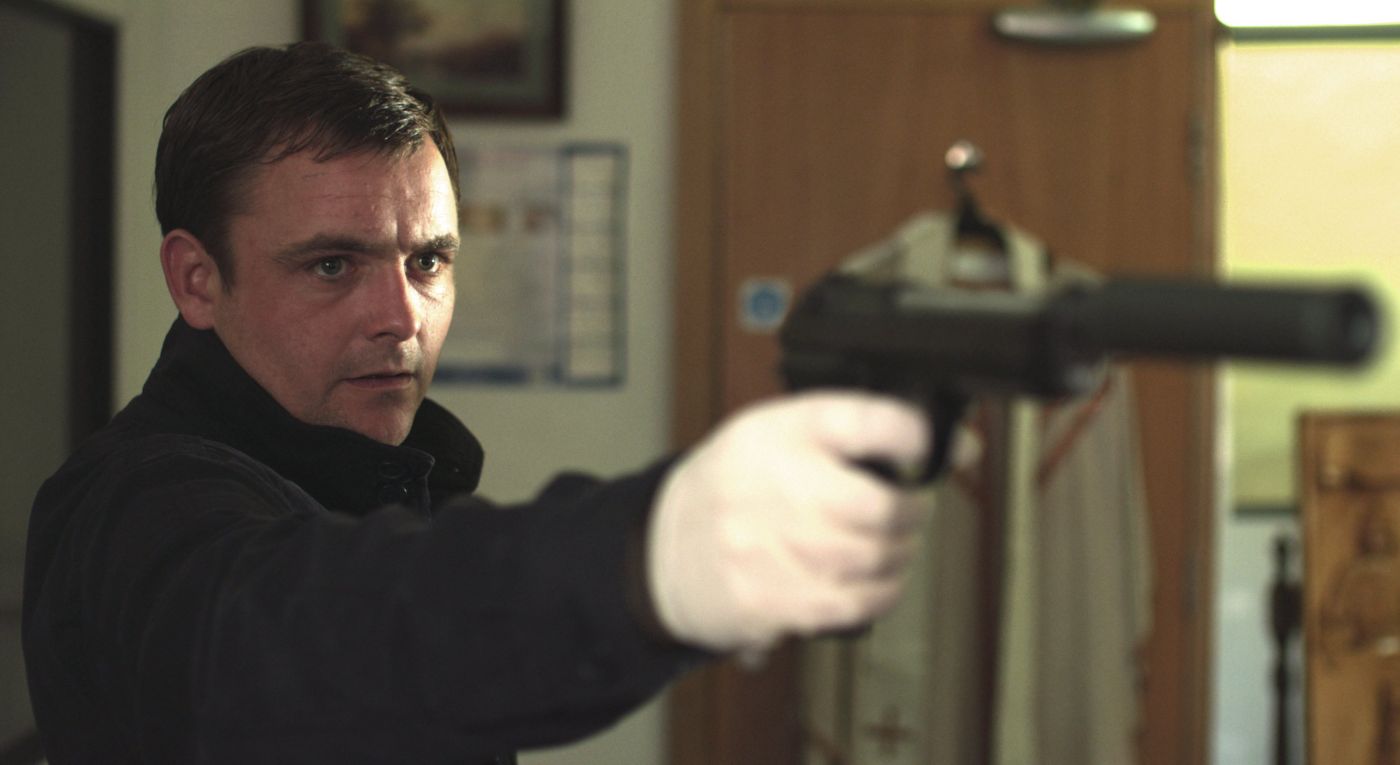
Kill List might seem like more of a psychological thriller than horror, but the devil’s in the details. Following up his debut Down Terrace, Ben Wheatley dropped Kill List on an unsuspecting public in 2011, going on to become one of the decade’s most exciting and prolific (six films in ten years, not counting TV movies and two episodes of Dr. Who) voices of madness.
Wheatley’s films have been characterized by a lo-fi resourcefulness, an ingrained sympathy for his often-unsympathetic sad sacks, and an understanding of how to make what’s under their skin breathe. In Kill List, these are used to create a truly disorienting experience. Reveling in pagan imagery, realistic depictions of human ugliness, and a gloomy color scheme that sells the rainy locales, Kill List cartwheels through with the audience on its back. We watch actions unfold not knowing the reasons why or how, and each answer brings more questions, which the end is more than happy to sort of account for. It’s the rare film that actually becomes scarier the more you think about it. First time viewers should take notice every time a character says thank you.
9. Annihilation
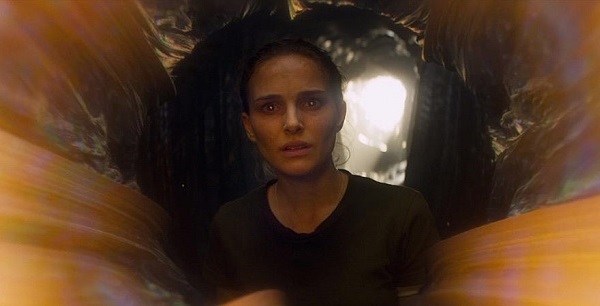
At what point does a movie become definitely of the horror genre? To what extent is a film’s genre dictated by style? By substance? These were questions often grappled with during the making of this list. While there are many horror adjacent films that didn’t make this list because they just weren’t horror enough, Annihilation and Under the Skin were quite the conundrum. Both are adaptations that depart from the source material in various ways while straddling multiple genres. Annihilation is ostensibly a science fiction movie with horrific elements, while Under the Skin was billed as a horror movie heavy on science fiction meanderings.
Ultimately, this list found that Under the Skin, despite being hailed by critics as a prime example of elevated horror, was more content to a science fiction movie with the score of a horror film (one of the best scores of the decade by the decade’s most exciting score composer, Mica Levi). Annihilation, on the other hand, with its multiple monsters, pervasive theme of self-destruction, and consistent escalation of unease, certainly shook and moved like a film that had scaring the audience on its mind.
Practically destined for underrated gem status since it tanked on the box office and was shipped to Netflix for international distribution, Annihilation is a heady mix of shimmering lights, twisting visceral, and mental anguish. Unlike other horror and horror-adjacent offerings, Annihilation’s incorporation of other genres isn’t meant to convey social realism or offer a meditation on grief. Instead, it takes elements of sci fi, fantasy, and drama and uses them to open the realm of possibility of new scares. Annihilation is a story about what happens when our environment no longer belongs to us, and it reflects this by bringing the horror in the daytime, at night, and among its haunting rainbow and vanilla skies.